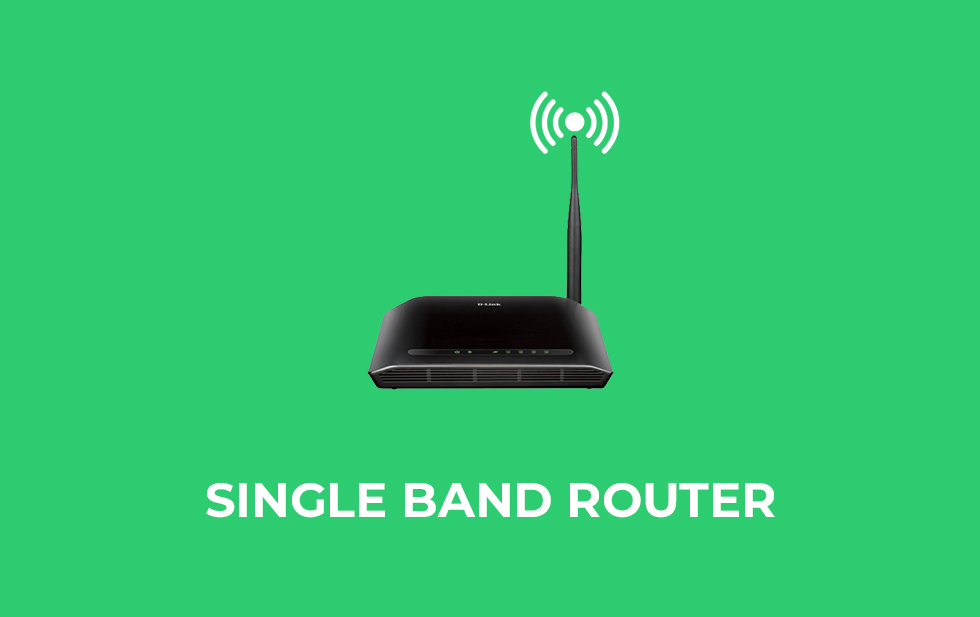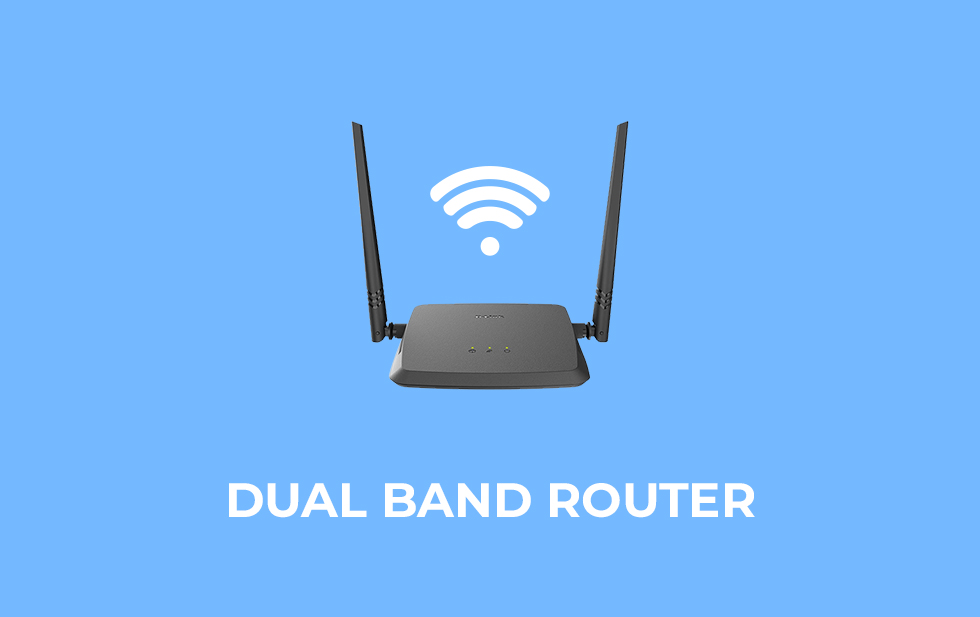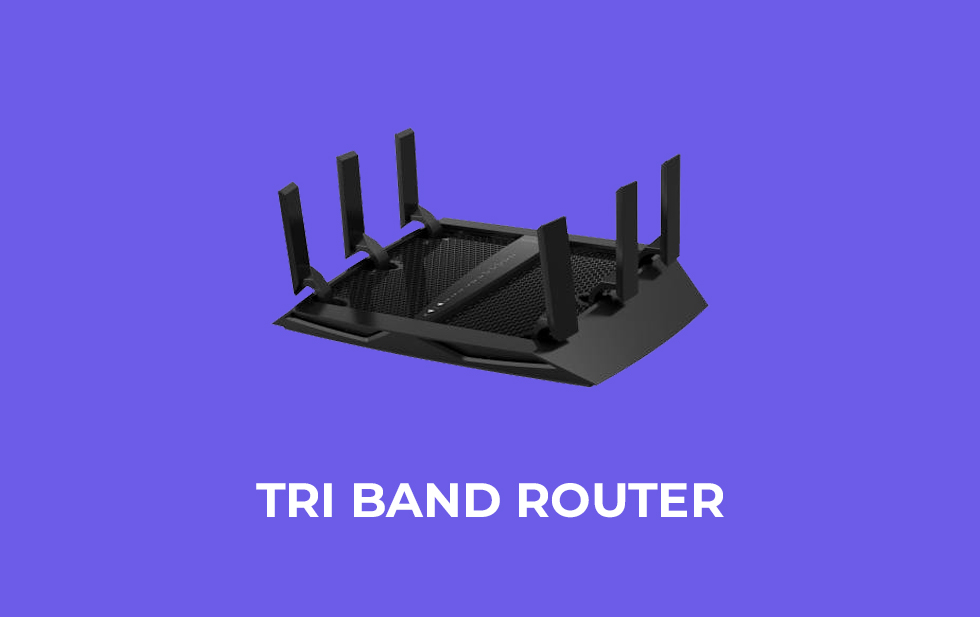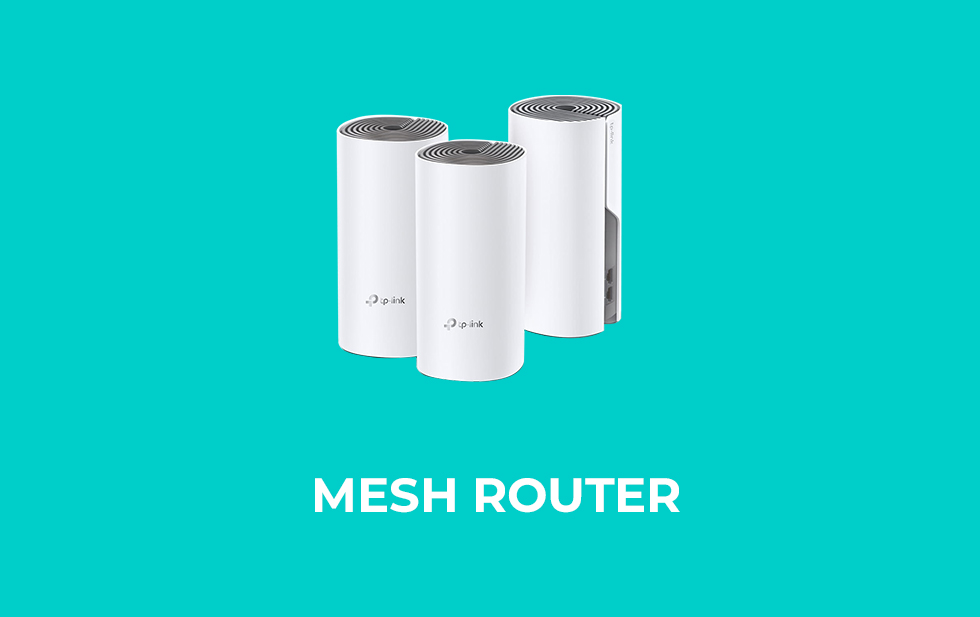
By admin Date of issue: Feb 03,2023
A router is responsible for establishing different connection routes between your device and your local network provider. So, if you’re looking to buy your own router or are just curious to know more about them, it’s essential for you to know about the different kinds available in the market.
1. Single-Band Router

As the name suggests, a single-band router utilizes only the 2.4GHz band to establish connections. Since it uses a single band, the device has only 3 non-overlapping transmission channels. This renders the connection vulnerable to interference from other devices at homes such as smartphones, microwave ovens, laptops, Bluetooth devices, cameras, television, and much more.
Moreover, the situation can become worse in areas where interference from different gadgets can combine together. These areas could be big cities, apartments, office spaces, metro stations, etc. All such interferences can bog down your router and cause the internet speed to become slow.
Most of the single band device operate on Wireless-N standard which has a maximum data rate of 900 Mbps. Although, it’s a pretty decent speed, it isn’t recommended to use one if you’re in an area that has multiple internet connections that could interfere your signal.
Think of it as, as a highway with just one lane? There are high chances of traffic congestion, right? But, if the same highway has multiple lanes, then wouldn’t the flow of traffic be smooth? The same goes for routers. A cluttered 2.4GHz band will bog down your Internet speed and leave you feeling annoyed.
PROS | CONS |
Single-band routers are ubiquitous and can connect to a variety of wireless devices. | Due to a large number of compatible devices, it suffers from interference. |
They are easy on the pocket. | Single-band routers may not support some newer devices. |
Due to their low frequency, they can travel a longer range and can penetrate surfaces better. | Slower speed as compared to dual and tri-band routers. |
2. Dual-Band Router

A dual-band utilizes both 2.4GHz and 5GHz frequency bands. Therefore it is more flexible and better performing as compared to a single-band router. When the 2.4GHz band can become quite cluttered due to the interference from various household devices, the 5GHz frequency band homes to the rescue.
As the 5GHz frequency is relatively newer, old devices are not much compatible with it. Therefore, the interference seen in the 5GHz frequency band is much lesser than the 2.4GHz band. This allows you to experience a faster and more stable WiFi connection throughout your home. Dual-band routers operate on Wireless-AC standard and can support a data rate of 5300 Mbps.
Are you worried if it can support your old Wireless-N devices? If yes, then count your lucky stars because the dual-band routers offer backward-compatibility, thereby, supporting the old devices.
PROS | CONS |
Supports twice the bandwidth supported by single-game routers. | More expensive than single-band routers. |
Less interference due to the 5GHz band. | The 5GHz frequency band has a shorter range than the 2.4GHz frequency band. |
Two separate WiFi networks operate simultaneously for greater speed. | |
Ability to support the latest tech devices. |
3. Tri-Band Routers

Tri-band routers can broadcast 3 different signals by utilizing one 2.4GHz frequency band and 2 5GHz frequency bands. You might be prompted to think as to why you require two 5GHz frequency bands right? Well, it’s because your WiFi network gets distributed among various devices at your home. Therefore, to avoid congestion, tri-band routers offer two 5GHz frequency bands.
It’s the latest and the greatest router tech. A point to be noted here is that a tri-band router does not increase the WiFi speed of a single device, but allows additional devices to work at a higher speed. A tri-band router offers you 600 Mbps data speed on 2.4GHz band and 1300 Mbps data speed on each of the 5GHz frequency bands.
Therefore, it will distribute the WiFi speed on multiple devices and each device will get more speed than it normally would.
PROS | CONS |
Thrice as much bandwidth as a single-router. | More expensive than single and dual-band routers. |
Less interference due to two 5GHz frequency bands. | Significantly lesser range due to high frequency. |
4. Mesh Routers

If you have a large living space or a multi-story bungalow then you must be used to encountering WiFi dead zones in your home. And to be honest, they leave us feeling quite irritated. So, to help you deal with this problem, let me introduce you to mesh routers.
Traditional routers usually have single access points due to which you encounter several dead zones. But mesh routers have several access points due to which broadcasting WiFi networks become easy.
One of the access points connects the mesh router to a modem, and the other access points connect the mesh router to different satellites. Satellites capture the router’s signal and then rebroadcast it. Moreover, a lot of stand-alone routers can be connected to mesh routers for seamless connectivity (This setup is highly suitable for large houses and offices.)
PROS | CONS |
Overcomes the problem of WiFi dead zones. | More pieces of equipment. |
Offers better network security. | Significantly more expensive than single, dual and tri-band routers. |
Offers better streamlined connections for gaming and video streaming. | Can be a waste of resources in small living spaces. |
Mesh routers also offer easy network management. | |
For more products please visit:https://www.wallystech.com/product.html
Follow us in the Youtube:https://www.youtube.com/channel/UClmu7LBz_OWxe2VckkQr3tw
Our product support OpenWRT,please visit our github link for the code :https://github.com/wallystech
We provide superior OEM/ODM/JDM services in wireless communications and customer-specific solution.In addition to the PCBA mainboard, we can also customize indoor or outdoor antennas, which we have extensive experience in. There is also the Tooling. We can do the Tooling for the customer, to undertake a variety of materials mainly metal and plastic enclosure production. Whether antenna enclosure or router enclosure, we can customize for you. Besides of the Qualcomm chips we currently use, we can also use different chips to design according to customers' needs.
ADD:116 ChengYang Road, XiangCheng District, SuZhou City,JiangSu Province, China
Skype:sunbenku1
Email:support@wallystech.com
Copyright © 2020 Wallys Communications (Suzhou ) Co., LTD Sitemap



